- Why Scientists Track Atmospheric Carbon With Giant Towers - October 7, 2025
- The Link Between Melting Ice and Rising Sea Levels Explained - October 6, 2025
- How Ocean Currents Help Regulate Global Climate - October 5, 2025
Jet Streams on the Move: An Alarming Northward Drift
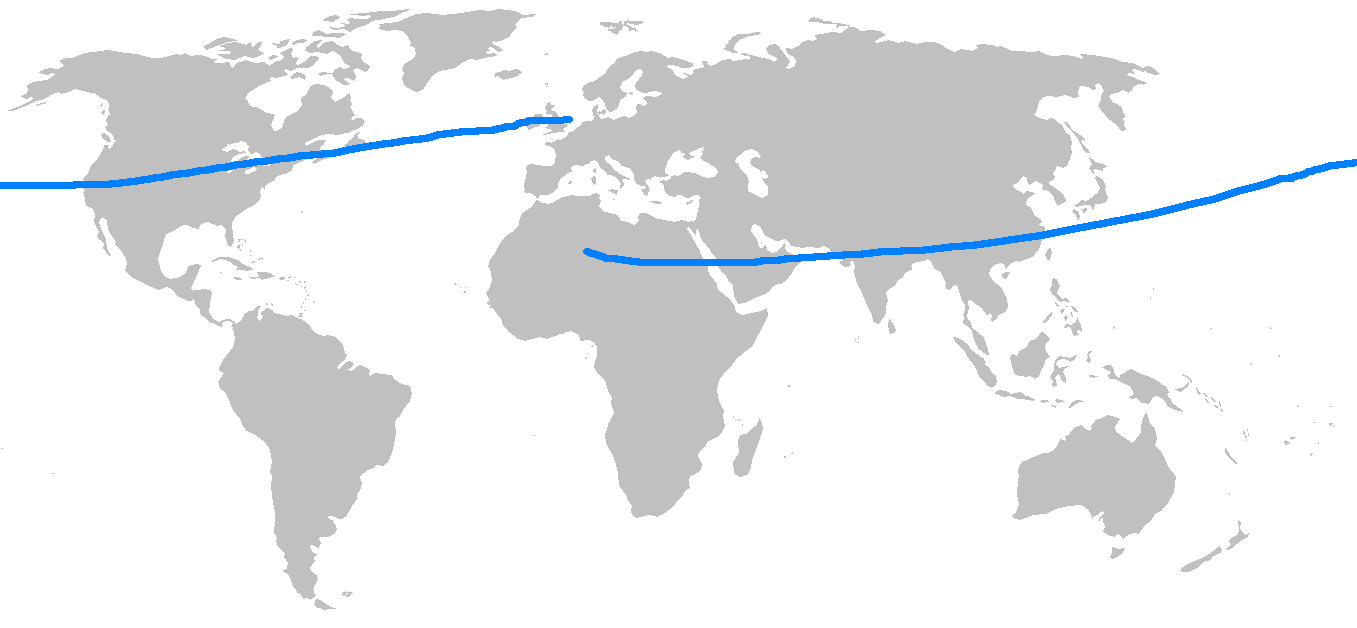
Climate scientists have been stunned by how quickly the northern polar jet stream is shifting north, with current data showing a movement of around two kilometers per year since the late 1970s. This isn’t just a number on a graph—it’s a physical shift in the high-speed winds that steer weather and aircraft alike. The phenomenon, called Arctic amplification, is rapidly changing the upper atmosphere. Meteorologists point out that the jet stream isn’t just moving, it’s also becoming less stable and more unpredictable. Airlines depend on the jet stream’s predictable flow to plan flight paths, especially on transatlantic routes. As the jet stream drifts, these paths may need to be completely rethought. The consequences could be staggering for both travelers and the global economy.
Turbulence Rising: Clear-Air Threats in the Skies
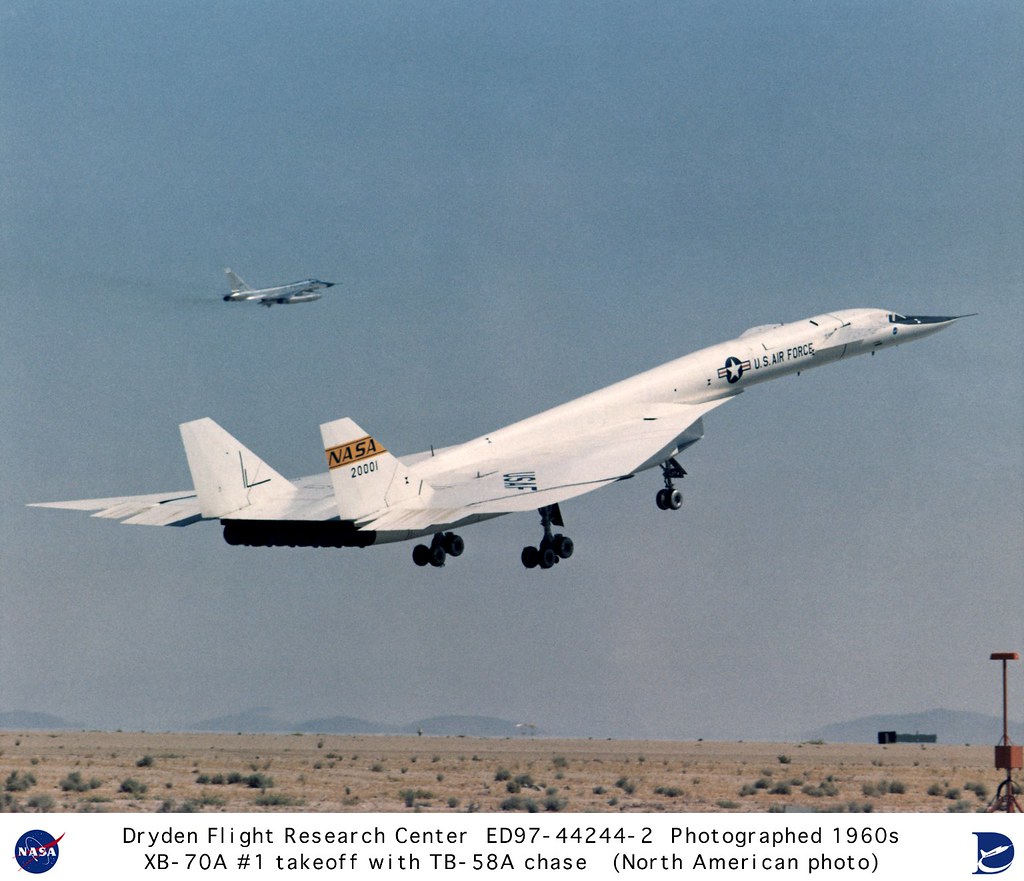
Pilots and passengers alike are feeling the effects of a more turbulent atmosphere. Since 1979, clear-air turbulence over the North Atlantic has jumped by a shocking 55%, climbing from about 17.7 hours per year to over 27.4 hours. This isn’t the turbulence you can see coming—it strikes suddenly, without warning, often at cruising altitude. In 2024, a Singapore Airlines flight became a sobering headline after a fatal turbulence event, underscoring that these aren’t rare flukes anymore. Researchers link these patterns directly to a strengthening, shifting jet stream. Frequent turbulence isn’t just uncomfortable; it poses real dangers, injures passengers, damages aircraft, and creates costly disruptions for airlines.
Flight Times in Flux: The Jet Stream’s Double-Edged Sword

Airlines have long relied on the jet stream’s powerful tailwinds to shave hours off eastbound transatlantic flights. But there’s a flip side: stronger winds mean longer, slower journeys heading west. Recent studies report that while some flights from New York to London are arriving up to 20 minutes early, the return leg is routinely delayed by the same margin or more. If the jet stream continues to shift, the time savings could disappear altogether, replaced by unpredictable and possibly much longer routes. Aviation analyst Mark Hansen remarked, “The jet stream is a double-edged sword—helpful one way, a headache the other.” For passengers, this means more time in the air and a greater risk of missed connections.
Wind Turbines and the Atmosphere: Are Renewables Part of the Puzzle?
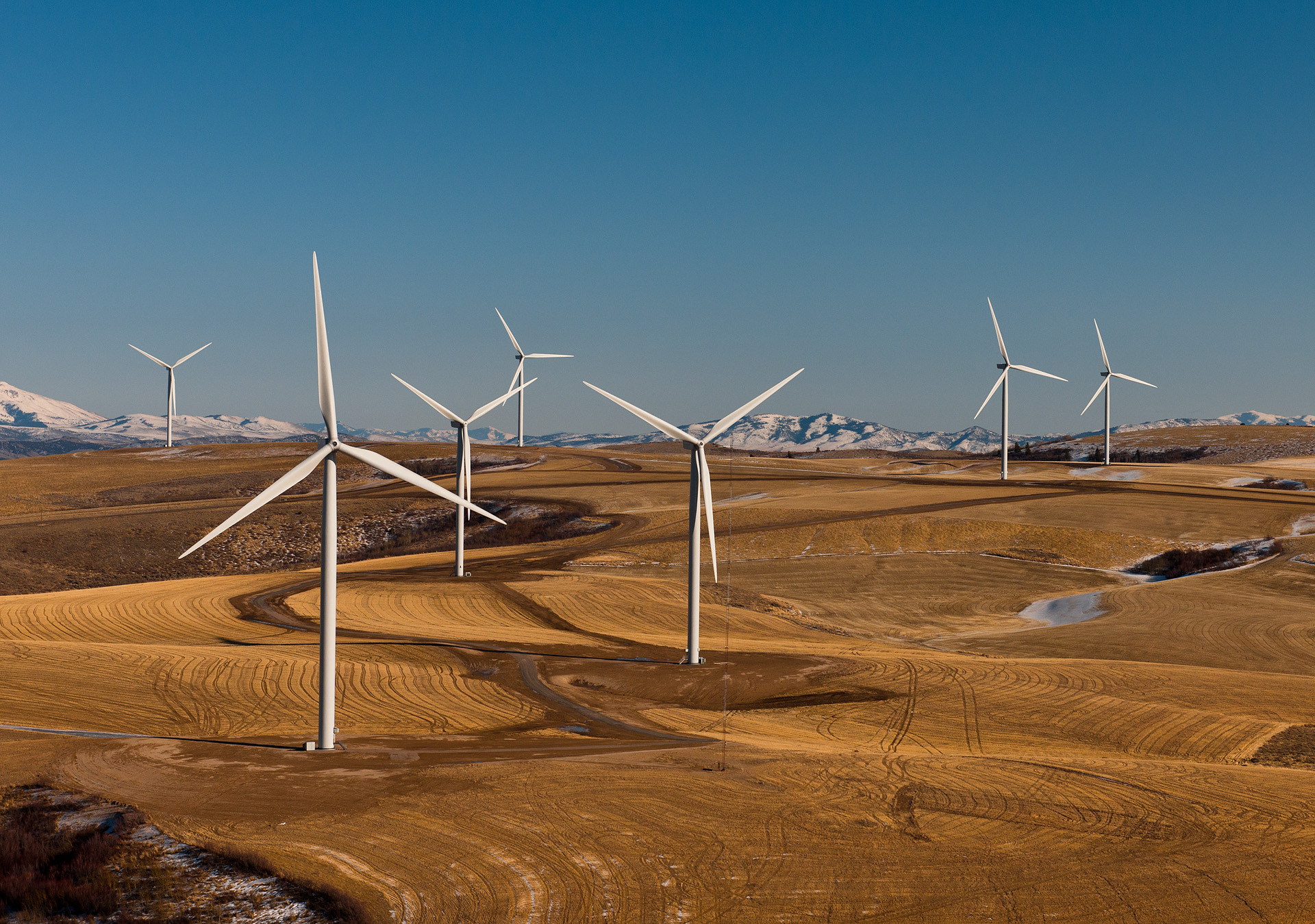
The rapid expansion of wind turbines across the globe is a triumph for renewable energy, but some researchers are now paying close attention to their cumulative impact on atmospheric flow. Large wind farms can, on a local scale, extract energy from low-level winds, potentially affecting turbulence and weather patterns. While the effect of wind turbines on the jet stream itself is still hotly debated, a few atmospheric scientists warn that in regions dense with turbines, there might be subtle but measurable shifts in wind speed and direction aloft. This conversation is just beginning, but it’s prompting a closer look at how our green solutions interact with the planet’s natural systems.
Extreme Turbulence: A New Normal for Aviation?
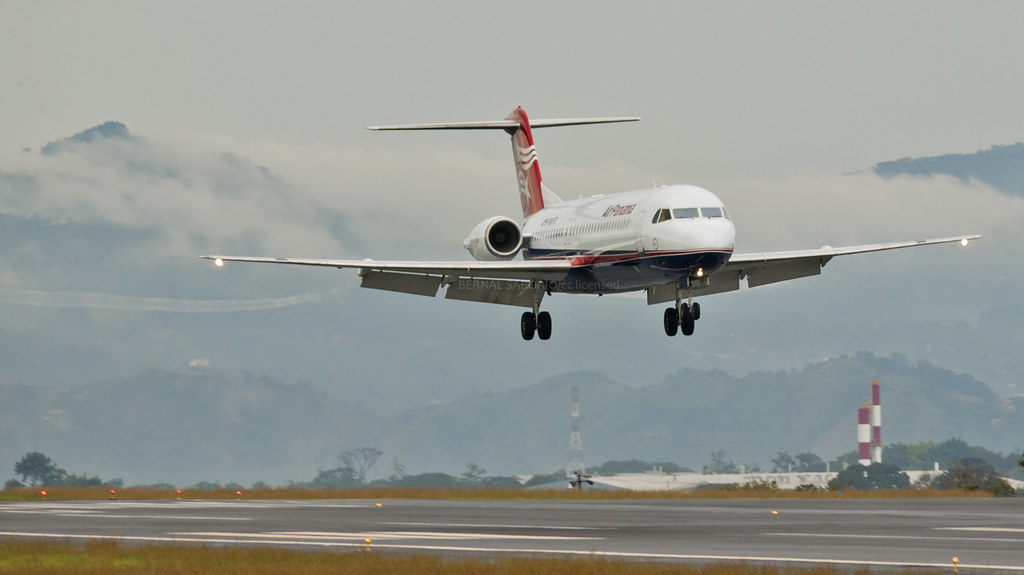
Flight crews are reporting more frequent encounters with severe, unexpected turbulence. In the past year, several high-profile incidents have made headlines, including injuries to passengers and crew on major airlines. Researchers say these episodes are consistent with stronger, more unstable jet streams. “The skies are getting rougher, and it’s not just in our imaginations,” said Dr. Paul Williams, a leading turbulence expert. For airlines, this new reality means more maintenance, higher insurance costs, and the looming possibility of rerouting or canceling flights if safety can’t be guaranteed. Passengers, meanwhile, face more anxiety and discomfort in the air.
Policy Response: Are Regulators Keeping Up?
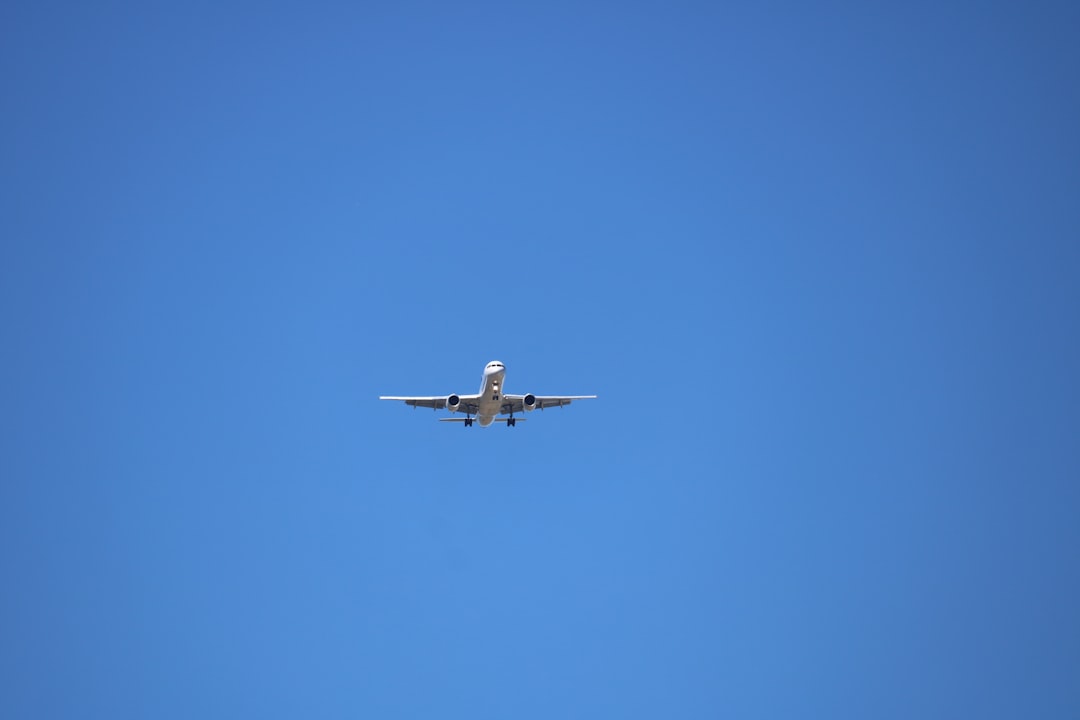
The International Civil Aviation Organization (ICAO) and the European Union have been pushing for greater use of sustainable aviation fuels and have started tracking non-CO₂ emissions, but turbulence and jet stream disruption have received far less attention. Some policy experts argue that the focus on fuel efficiency and emissions, while critical, may overlook immediate operational challenges posed by a changing atmosphere. As turbulence-related incidents rise, airline industry groups are calling for new safety protocols and better turbulence forecasting. The question remains whether regulatory bodies can adapt quickly enough to protect both passengers and the industry itself from these evolving risks.
Rerouting Realities: When Favorite Flight Paths Disappear
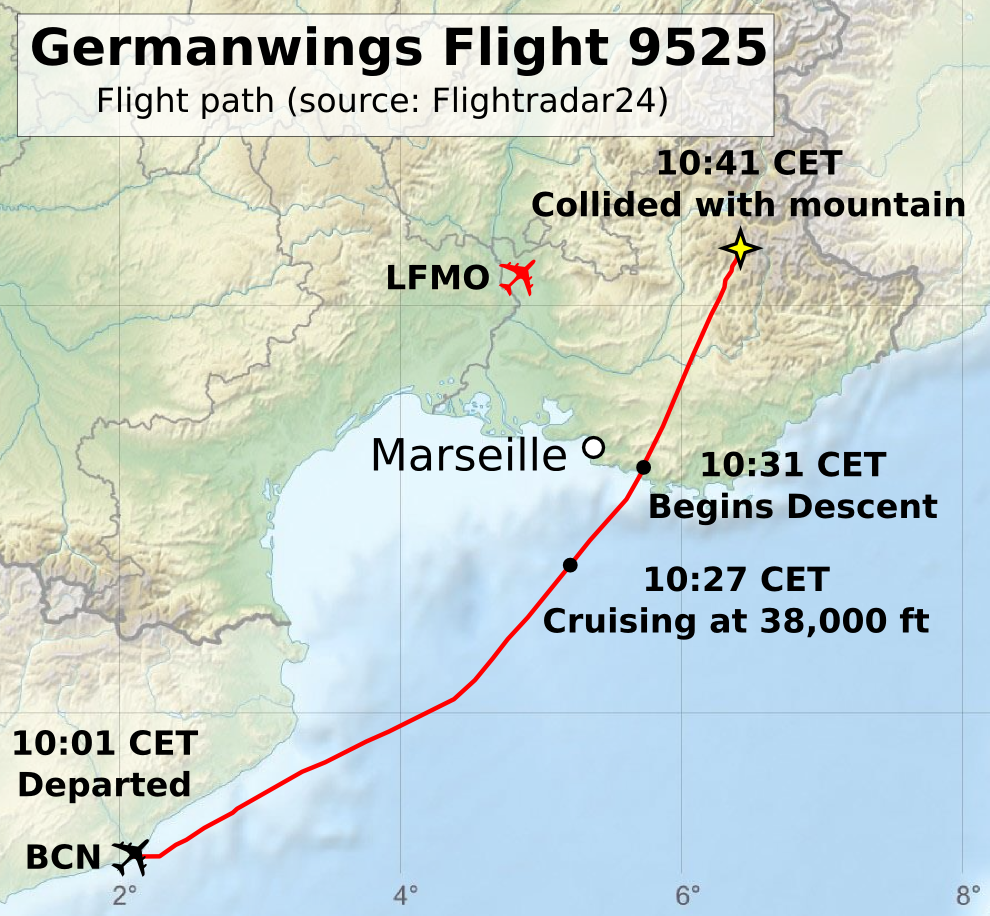
Aviation planners are beginning to grapple with the prospect that some of the world’s busiest flight corridors may become too risky or inefficient to use. If the jet stream continues to shift, the classic polar routes—favored for their time and fuel savings—might no longer be viable. Airlines would have to reroute planes further south, adding hours to journeys and burning more fuel, which in turn increases costs and carbon emissions. For some routes, especially those connecting North America and Europe, this could mean the end of direct flights as we know them. Suddenly, the convenience of global travel feels far less certain.
Economic Shockwaves: The Hidden Costs of Jet Stream Shifts
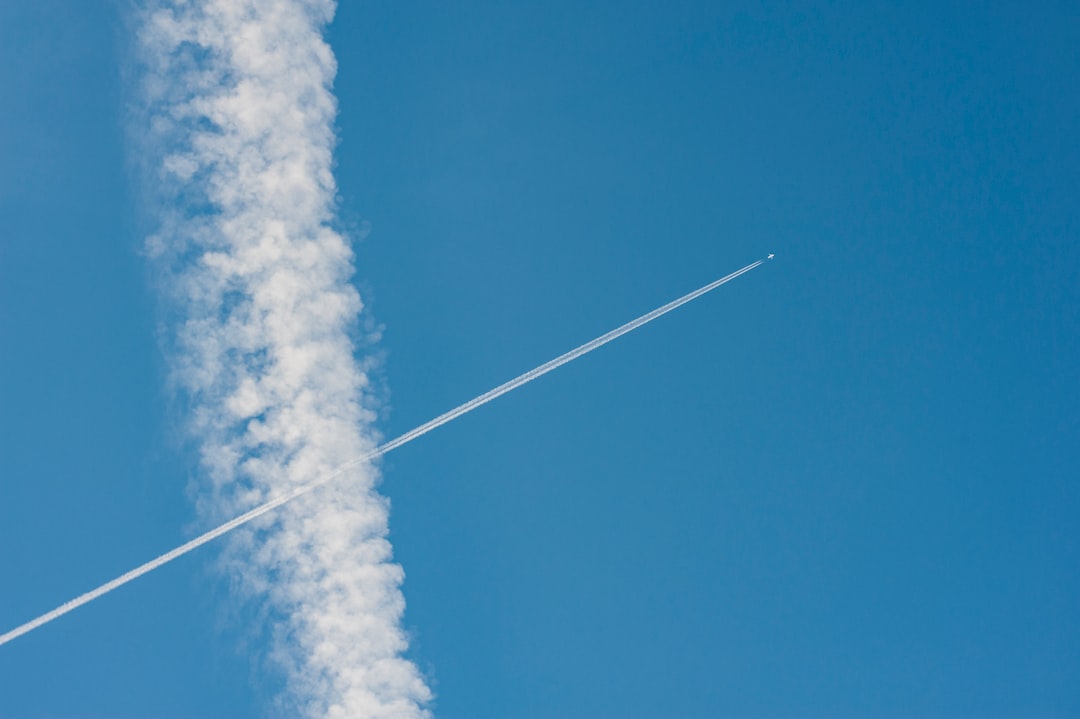
The aviation industry powers a huge slice of the global economy, supporting tourism, trade, and millions of jobs. But as jet stream disruptions force airlines to fly longer routes, costs climb sharply—fuel, crew time, and maintenance all add up. Ticket prices will likely rise as airlines pass on the expense to travelers. There’s also the ripple effect: delayed cargo flights can upset supply chains, while unpredictable schedules threaten business travel and tourism. For some regions, particularly those reliant on direct international connections, these changes could be economically devastating. The world’s interconnectedness suddenly looks a lot more fragile.
Passenger Experience: Flying Into the Unknown
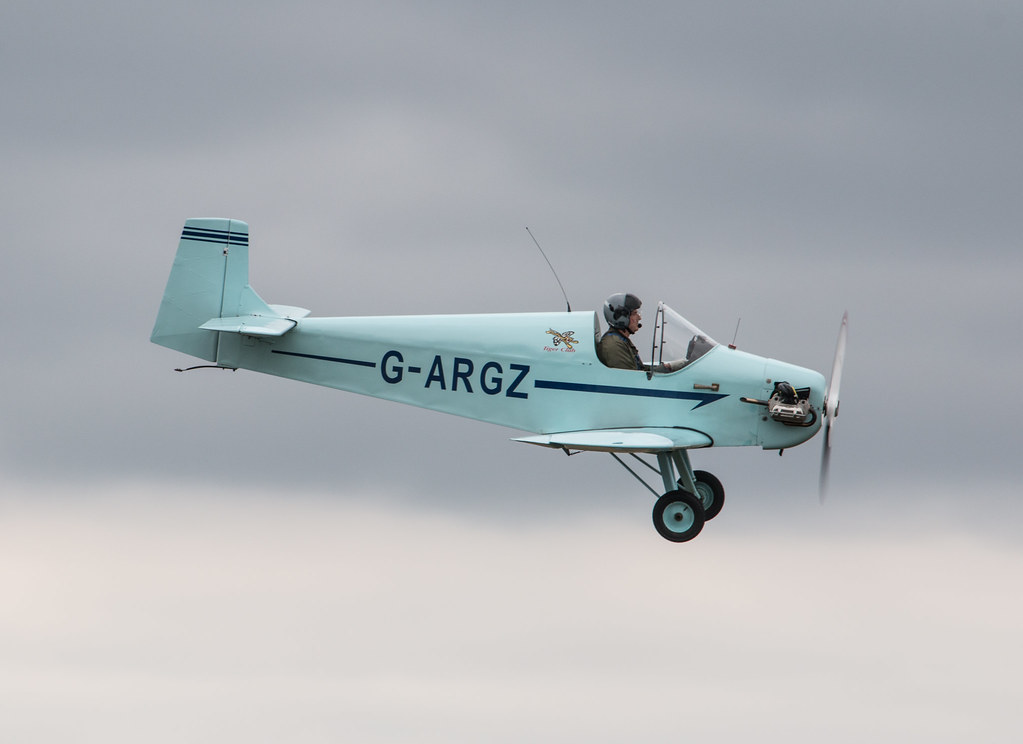
For travelers, the next decade could bring a very different experience in the skies. Turbulence that was once a rare inconvenience may become a regular part of flying. Delays and cancellations, already a headache, could increase as airlines struggle to adapt to new atmospheric realities. The sense of adventure that comes with air travel might be replaced by anxiety and uncertainty. Frequent flyers are already sharing stories of rougher rides and longer waits. As the industry scrambles to respond, passengers may need to rethink how, when, and even if they take to the skies on routes that were once routine.
Expert Voices: Warning Bells and Unanswered Questions
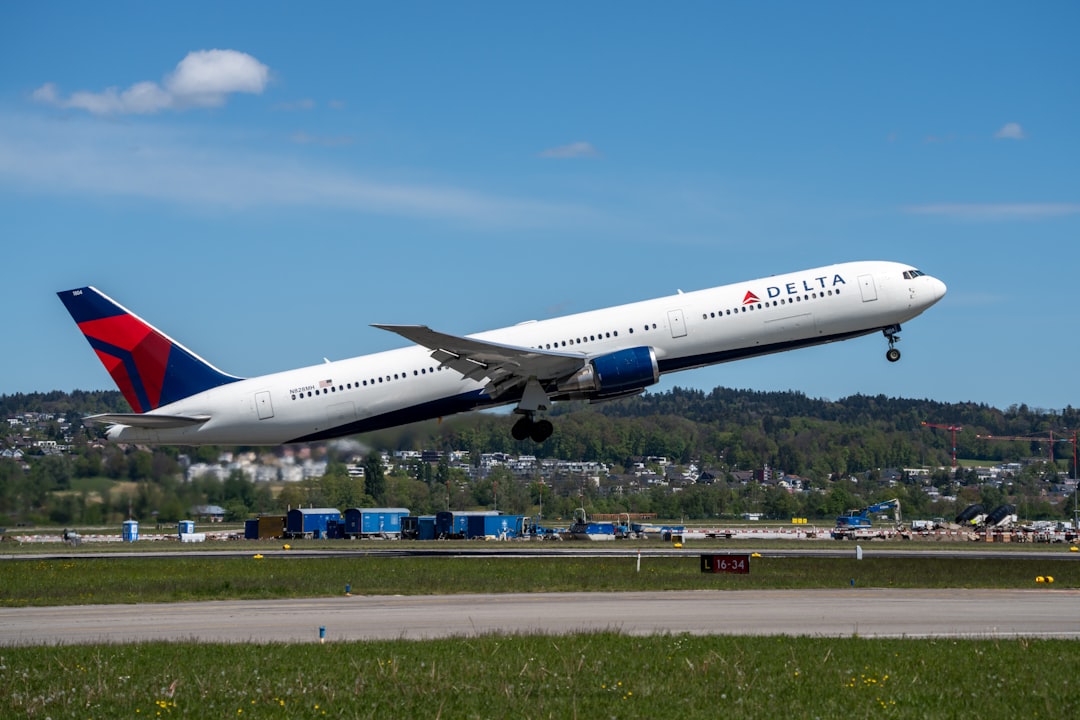
A chorus of climate scientists and aviation experts are ringing alarm bells about the future of long-haul flights. “If current trends continue, it’s not outlandish to think that some routes could become impractical or even impossible by the end of the decade,” said Dr. Judith Curry, a climatologist who studies extreme weather impacts. Yet, despite mounting evidence and high-profile incidents, there’s still no coordinated global strategy for dealing with jet stream disruptions. The uncertainty hangs heavy: Will technology and policy catch up in time, or are we on the brink of a new era where the world feels just a little bit further apart?
